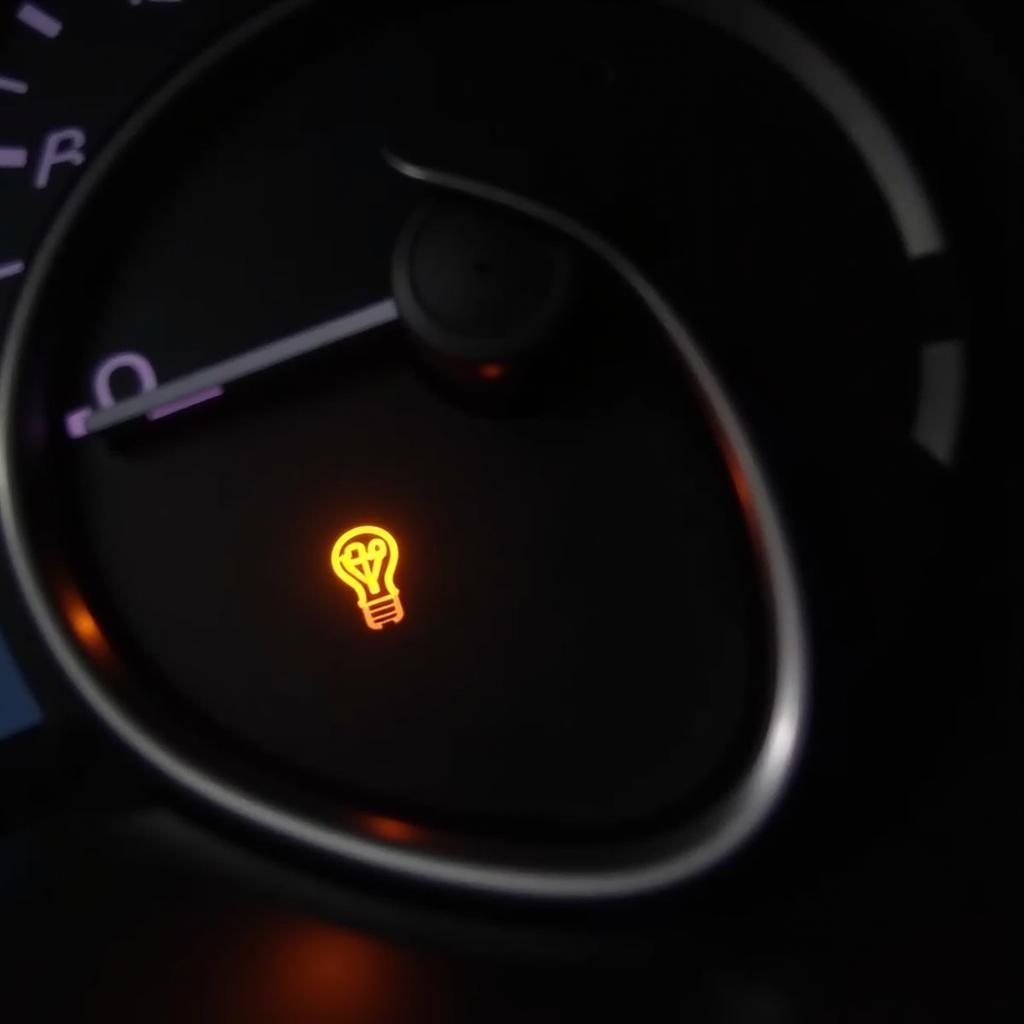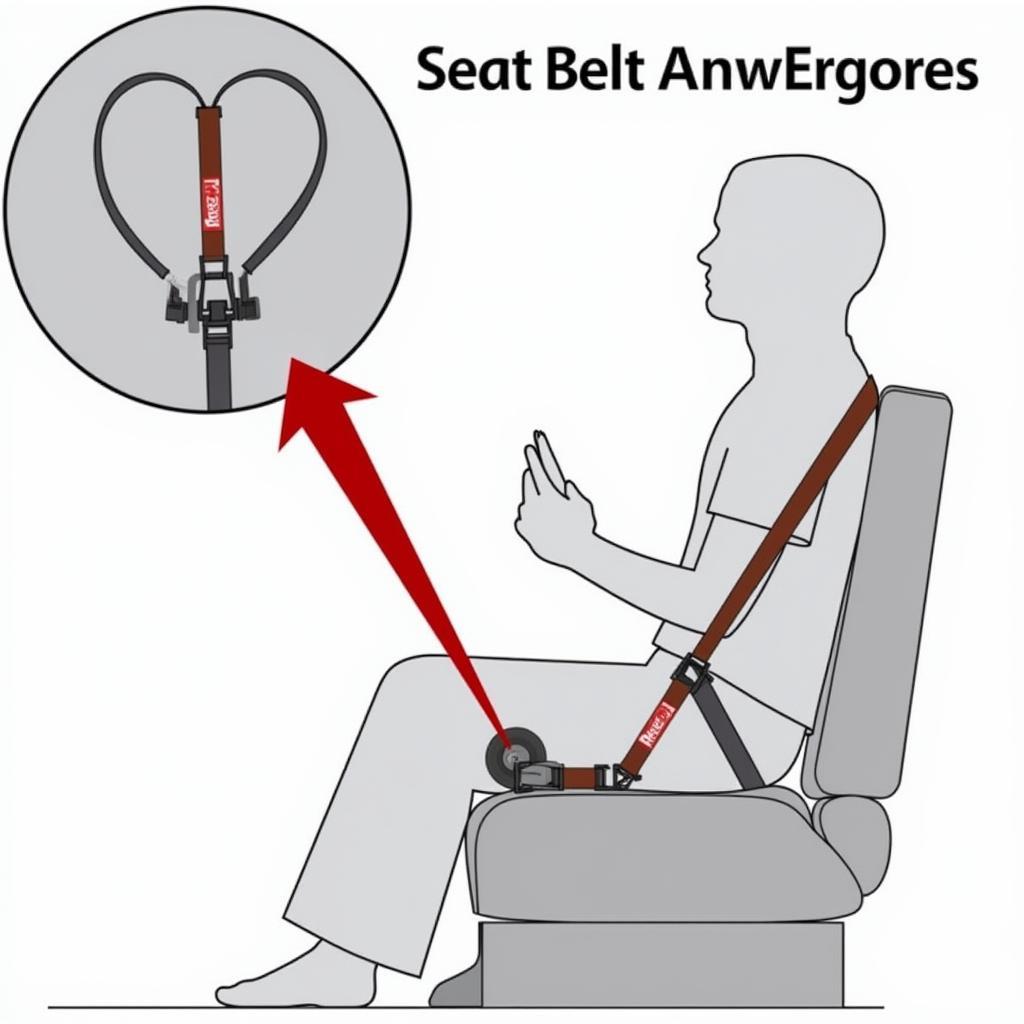The Range Rover P38, a classic luxury SUV, is known for its off-road capabilities and sophisticated design. However, like any vehicle, it can experience its share of issues. One common problem that owners encounter is the dreaded brake warning light illuminating on the dashboard. This warning light can indicate a range of problems, from minor to potentially serious, and should never be ignored. This comprehensive guide will delve into the possible causes of a Range Rover P38 brake warning light and provide you with the knowledge to effectively troubleshoot and address the issue.
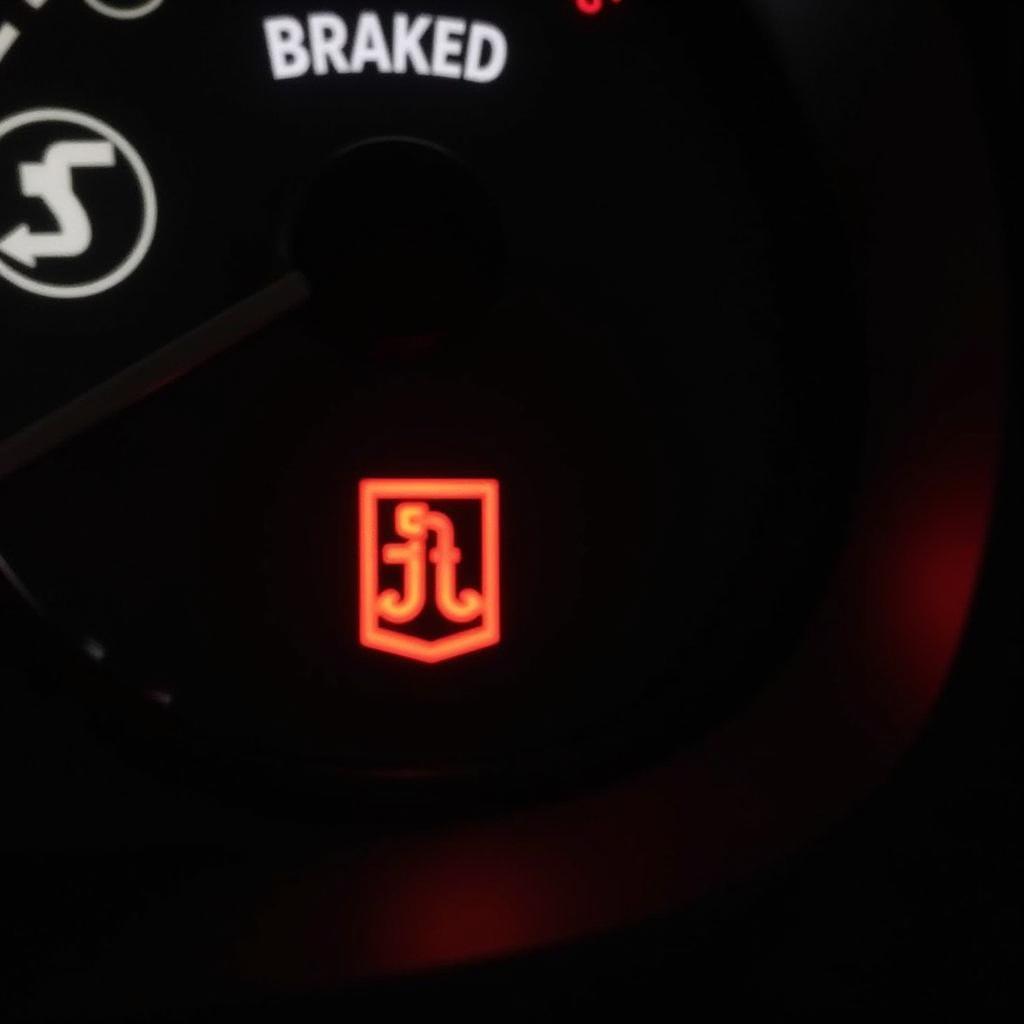 Range Rover P38 Dashboard with Brake Warning Light Illuminated
Range Rover P38 Dashboard with Brake Warning Light Illuminated
Understanding Your P38’s Braking System
Before diving into troubleshooting, it’s helpful to understand the basics of the P38’s braking system. It’s a sophisticated setup with various components working together to ensure safe and efficient braking. The system is comprised of:
- Hydraulic System: This system uses brake fluid to transmit force from the brake pedal to the calipers at each wheel, applying pressure to the brake pads and slowing the vehicle.
- Anti-Lock Braking System (ABS): The P38 features ABS, which prevents wheel lockup during hard braking, helping maintain steering control.
- Electronic Brake-force Distribution (EBD): Working in conjunction with the ABS, EBD optimizes braking force distribution between the front and rear axles depending on vehicle load and road conditions.
Common Causes of a Brake Warning Light
A glowing brake warning light on your P38’s dashboard can stem from several issues. Here are some of the most frequent culprits:
1. Low Brake Fluid Level
One of the most common and straightforward reasons for the brake warning light is a low brake fluid level. This usually indicates a leak in the system or worn brake pads.
Troubleshooting Tip: Check the brake fluid level in the reservoir under the hood. If it’s below the minimum mark, carefully top it up with the correct brake fluid specified in your owner’s manual. However, if you frequently need to top up your brake fluid, it’s crucial to have the system inspected for leaks.
2. Worn Brake Pads
Brake pads naturally wear down over time due to friction. The P38 is equipped with brake pad wear sensors that trigger the warning light when the pads reach a certain thickness, indicating it’s time for a replacement.
Troubleshooting Tip: If you suspect worn brake pads, visually inspect them through the wheel spokes. Look for significantly thin pads. If you’re unsure, it’s best to have a mechanic check them as worn pads compromise braking performance.
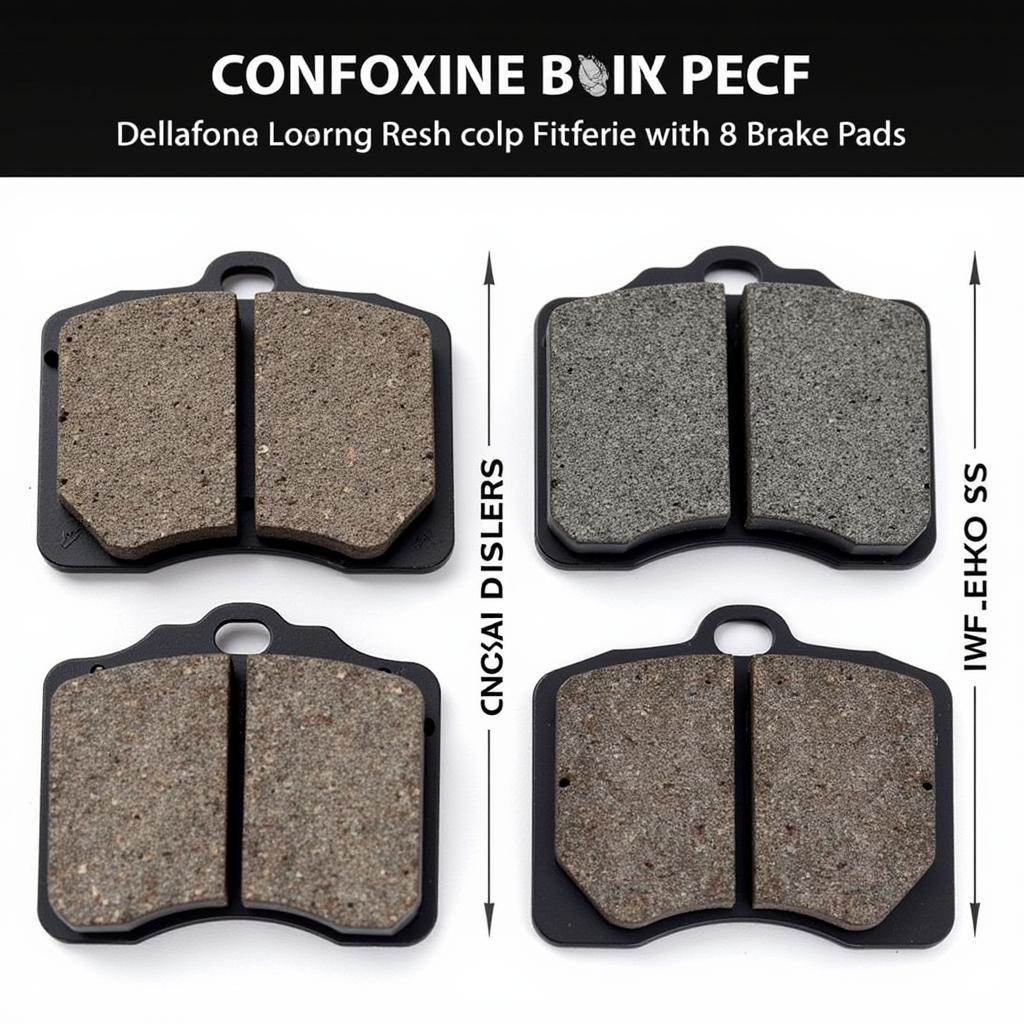 Comparison of Worn and New Brake Pads
Comparison of Worn and New Brake Pads
3. Faulty Brake Pad Wear Sensor
While less common, a malfunctioning brake pad wear sensor can also illuminate the warning light even if your brake pads are in good condition. The sensor itself could be damaged or its wiring harness might be faulty.
Troubleshooting Tip: A visual inspection of the brake pad wear sensor wiring can reveal any obvious damage. If no visible issues are found, a mechanic with diagnostic equipment can test the sensor for proper function.
4. ABS Issues
A problem within the Anti-lock Braking System (ABS) can also trigger the brake warning light. This could be due to a faulty ABS module, a malfunctioning wheel speed sensor, or issues with the ABS wiring.
Troubleshooting Tip: Diagnosing ABS problems requires specialized equipment. If you suspect an issue with your P38’s ABS, it’s best to take it to a qualified mechanic or a Land Rover specialist who can diagnose the problem accurately.
5. Brake Fluid Leak
As mentioned earlier, a leak in the brake system is a serious issue that can lead to a low brake fluid level and trigger the warning light. A leak can occur in the brake lines, hoses, calipers, or even the master cylinder.
Troubleshooting Tip: Look for signs of brake fluid leaks, such as wet spots on the ground near the wheels or under the vehicle. Brake fluid is typically clear to amber in color and has a slightly oily consistency.
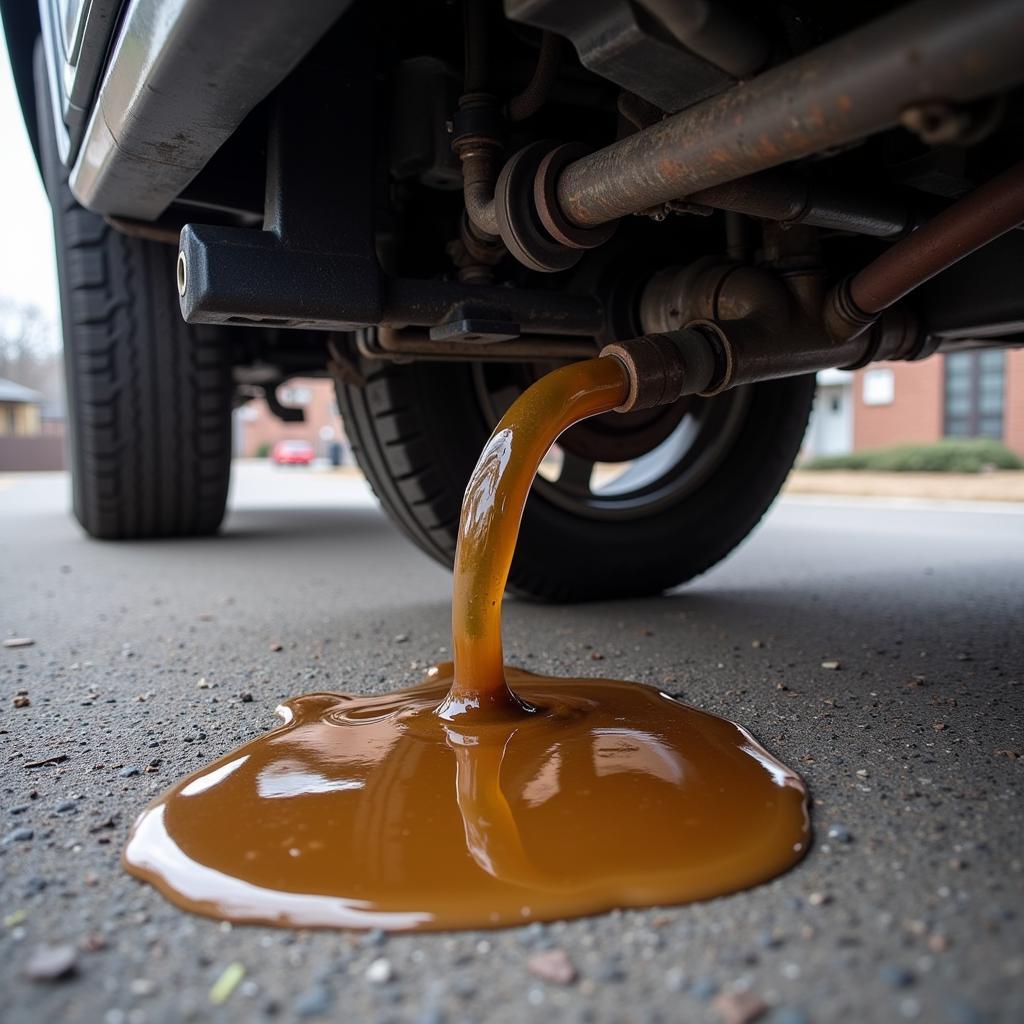 Brake Fluid Leak Under a Vehicle
Brake Fluid Leak Under a Vehicle
6. Electrical Issues
In some cases, a faulty brake light switch, blown fuse, or wiring problem in the braking system can cause the warning light to come on.
Troubleshooting Tip: Check the fuses related to the braking system. Consult your owner’s manual for the fuse box location and diagram. A blown fuse should be replaced with one of the same amperage.
The Importance of Addressing the Brake Warning Light
“Ignoring a brake warning light is like ignoring a fire alarm,” says Mark Stevenson, a seasoned automotive engineer with over 20 years of experience specializing in Land Rover vehicles. “It’s crucial to investigate the cause as soon as possible. Addressing the issue early can prevent further damage to the braking system and, most importantly, ensure your safety and the safety of others on the road.”
Remote Diagnostics and Software Solutions
In some situations, the brake warning light might be triggered by a software glitch or an issue within the vehicle’s electronic control unit (ECU). Advancements in automotive technology now allow for remote diagnostics and software solutions that can potentially address these issues without a trip to the mechanic.
“Remote diagnostics can quickly pinpoint the root cause of the problem,” explains Stevenson. “This technology allows us to access the vehicle’s computer system remotely, read fault codes, and often resolve software-related issues quickly and efficiently.”
Conclusion
A glowing brake warning light on your Range Rover P38 is a clear signal that something requires attention within the braking system. While some causes, like low brake fluid or worn brake pads, can be relatively straightforward to address, others necessitate the expertise of a qualified mechanic.
Remember, a properly functioning braking system is paramount for your safety and the safety of others on the road. Never ignore this crucial warning light – address it promptly to ensure safe and worry-free driving in your Range Rover P38.

